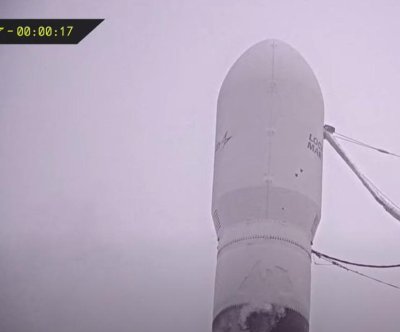Now Reading: Firefly Aerospace’s first stage explodes before satellite’s deployment
-
01
Firefly Aerospace’s first stage explodes before satellite’s deployment
Firefly Aerospace’s first stage explodes before satellite’s deployment

A Firefly Aerospace rocket launched from Vandenburg Space Force in California failed to reach low-Earth orbit, crashing into the Pacific Ocean north of Antarctica. The rocket was carrying a satellite for Lockheed Martin, making it the latest in a series of Alpha rocket failures for the private company based in Texas. Since its debut in September 2021, Firefly has had two successful launches, two failures, and two partial failures.
The mission, named “Mission in a Booster,” saw the two-stage Alpha rocket lifting off on a foggy morning from Vandenburg Space Force’s SLC-2W at 6:37 a.m. PDT. Despite reaching 198.8 miles in space, the rocket encountered a problem after the two stages separated, with the upper stage failing to reach orbital velocity. The rocket and its payload safely impacted the Pacific Ocean in a cleared zone north of Antarctica.
Firefly Aerospace, in collaboration with Lockheed Martin, Space Force, and the Federal Aviation Administration, is conducting an investigation to determine the root cause of the anomaly. The mission was delayed by a day due to an issue with ground support equipment, and originally scheduled for mid-March but postponed due to range availability constraints at the launch site.
The mission carried Lockheed Martin’s LM 400 tech demo, aimed at testing capabilities in orbit with SmartSat software. Firefly’s rocket is designed to provide low-cost rides for mid-sized satellites, with a capacity of up to 2,866 pounds at $15 million per launch. The next Firefly Aerospace flight for Lockheed is scheduled for the second quarter of 2025.






